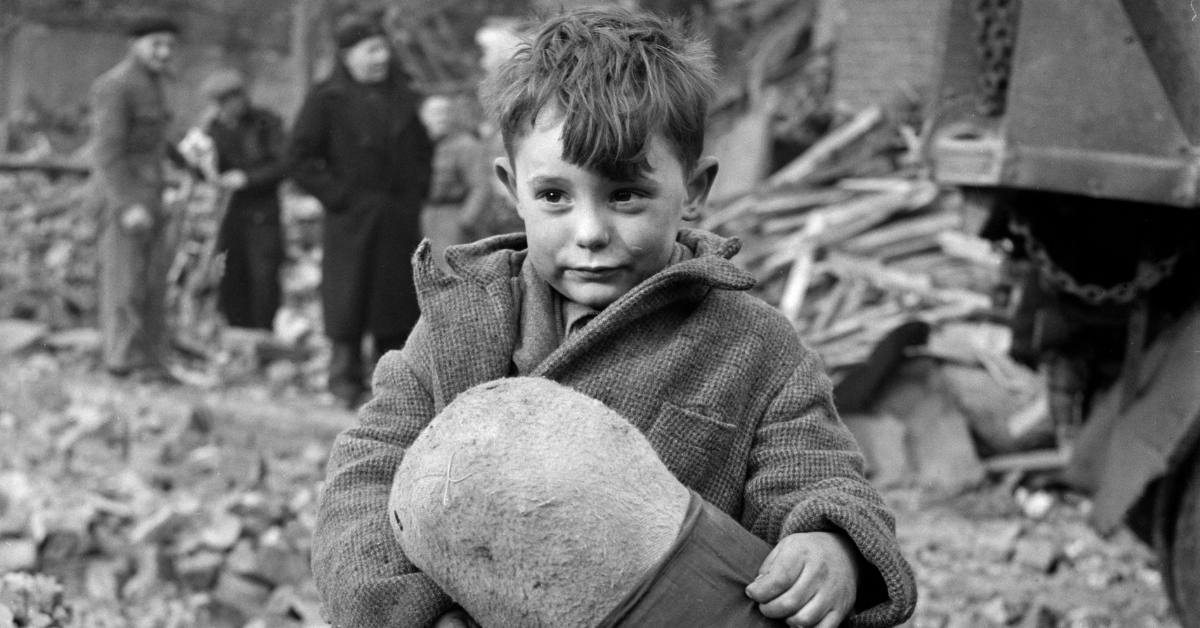As the largest conflict in history, the Second World War sent out ripples of influence that were felt far beyond Axis-occupied countries.
One of the most profound effects of the war in terms of its influence on civilian life in Allied nations was the effect it had on Allied children.
Adolf Hitler was a popular target for derision, with dart boards being produced with his face as the bullseye
Materials from which toys were made were in short supply, resulting in a scarcity of mass-produced toys. Also, the forms of toys themselves took on the spirit of the war, from card games about airplane spotting to toy tanks, and dartboards with Hitler’s face as the bullseye.
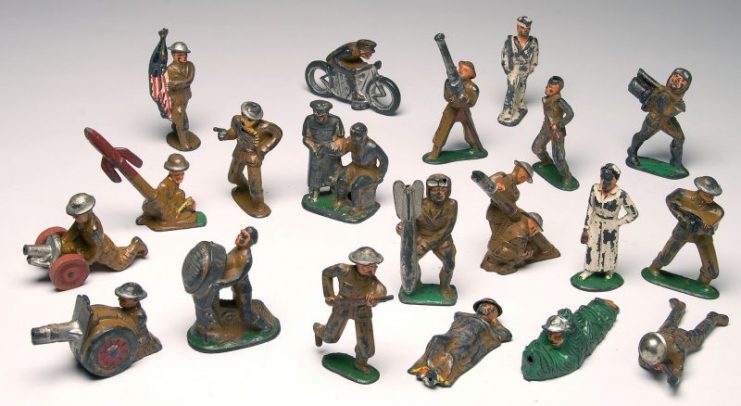
While toys are often viewed as luxury items, the necessity of toys during wartime became apparent in Britain in the early stages of the war, when many children were holed up for long hours in air raid shelters, or had been evacuated to the countryside where there was little for city kids to do. With little in the way of entertainment or distractions, toys were needed in order to occupy the kids’ minds.
And while kids in America generally didn’t need to hide in air raid shelters, the war affected their childhoods too.
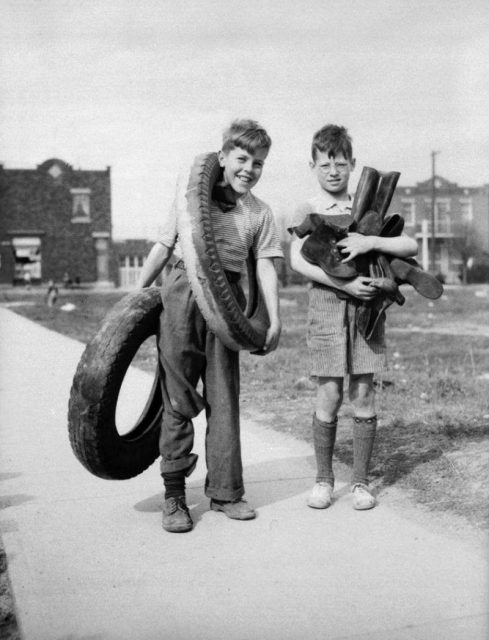
Date 29 April 1942
The most obvious effect of the war on toy manufacturing was that toys made of metal and rubber became almost non-existent, except for the kids of wealthy parents.
https://youtu.be/cHBwu4f79pI
Toys made of rubber or various metals – tin, lead, and cast iron, among others – had been popular in pre-war years, especially for things like toy soldiers and toy trains, tanks,and cars, but due to wartime manufacturing demands, using metal for toys became prohibited.
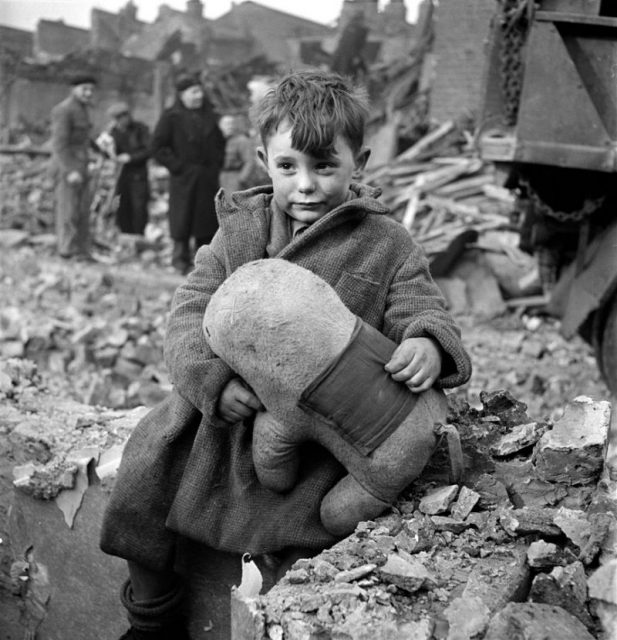
Many toy manufacturers, in fact, were pressed into converting their factories from toy factories to facilities that produced wartime equipment. The Lionel Corporation, Daisy Outdoor Products, the Louis Marx Company, and the Smethport Specialty Company, among others, were forced to go down this route and cease toy production during WWII.
Toys continued to be manufactured, however – but the materials of which they were constructed were now mainly paper or cardboard. Even with such restrictions, though, some manufacturers, like the Lionel Corporation, were able to make impressive moving train sets out of those materials.
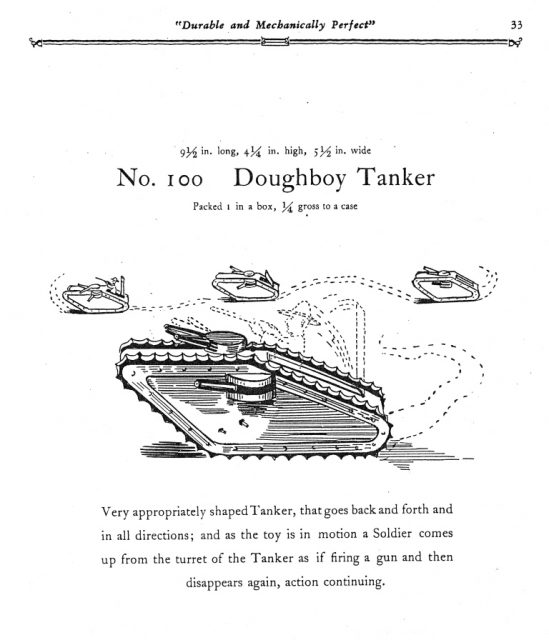
War occupied not just the manufacturing industries of the Allied nations but also the minds of their citizens. While military-themed toys had always been popular among boys, they surged in popularity during WWII. Paper and cardboard were used to make toy tanks, aircraft, and other model military vehicles, as well as soldiers.
War personalities were also popular subjects of toys in Allied nations. Adolf Hitler was a popular target for derision, with dart boards being produced with his face as the bullseye. In Britain a mechanical boxing game using cardboard figures was fairly popular, featuring a burly Winston Churchill going toe-to-toe with a feeble Hitler.
Card games – due to paper and cardboard being some of the few materials that weren’t severely rationed – were popular too, often with military themes. One could collect or swap cards that featured models of tanks, ships, or aircraft.
Such toys remained, for the most part, luxuries for children of wealthier parents, though, and most kids, especially in Britain, had to make do with minimal toys.
An old soccer ball was all many kids had, or a bag of marbles or jacks, and kids had to get a lot of mileage out of these. There were also toy exchanges, where children could get together and swap their old toys, which saved parents from having to buy new ones.
Improvised toys were very popular, such as old motorcycle or bicycle wheels rolled along the streets by kids, or other scrap items that were used for similar fun. Then, of course, there were old favorites that didn’t require toys – games like hide and seek (which could be great fun, albeit a little risky, in bombed-out buildings), four square, or hopscotch.
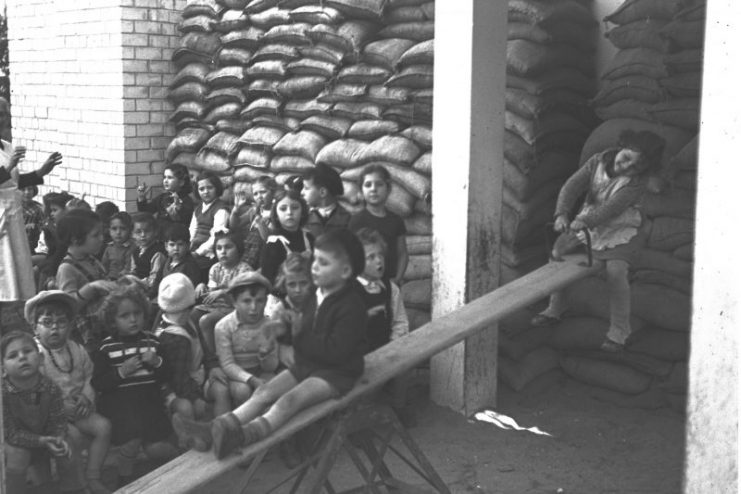
For kids stuck in air raid shelters or in rural areas with no entertainment, a number of children’s programs were broadcast on the radio.
Collecting wartime items was another popular pastime for kids during the war. In Britain, these ranged from shrapnel fragments from bombed buildings to gum rations from American troops stationed in Britain to German military badges from German POWs incarcerated in British POW camps.
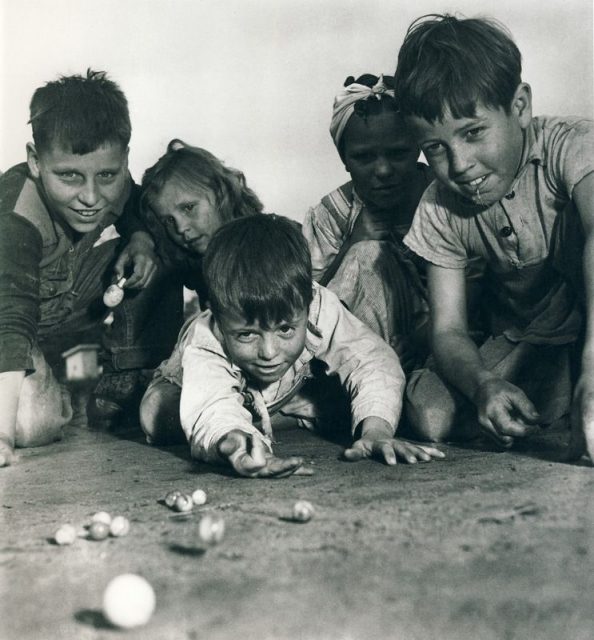
Reading was a firm favorite too, and many comic books or annuals – like Captain W. E. Johns’s Biggles novels, and others – focused on the exploits of fictional war heroes. Such literature was not only for boys; similar books and comic books for girls focused on heroines of the Women’s Auxiliary Air Force or the Women’s Royal Navy Service.
Children also contributed to the war effort. Boys and girls of the Boy Scouts and Girl Guides helped raise money for the war effort, helped with various cities’ Fire Brigades, and also helped out with building bomb shelters.
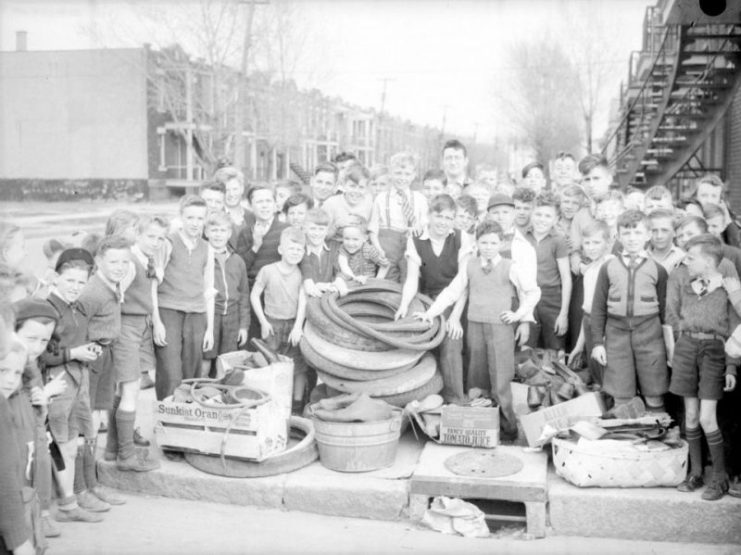
Read another story from us: True Crimes Including Stealing Children for the Master Race
While WWII certainly had a profound influence on the lives of children in Allied nations, it certainly didn’t destroy their childhoods completely. Inventiveness, stoicism, and determination meant that many children in Allied nations ended up making the most of what was otherwise a very difficult time.
